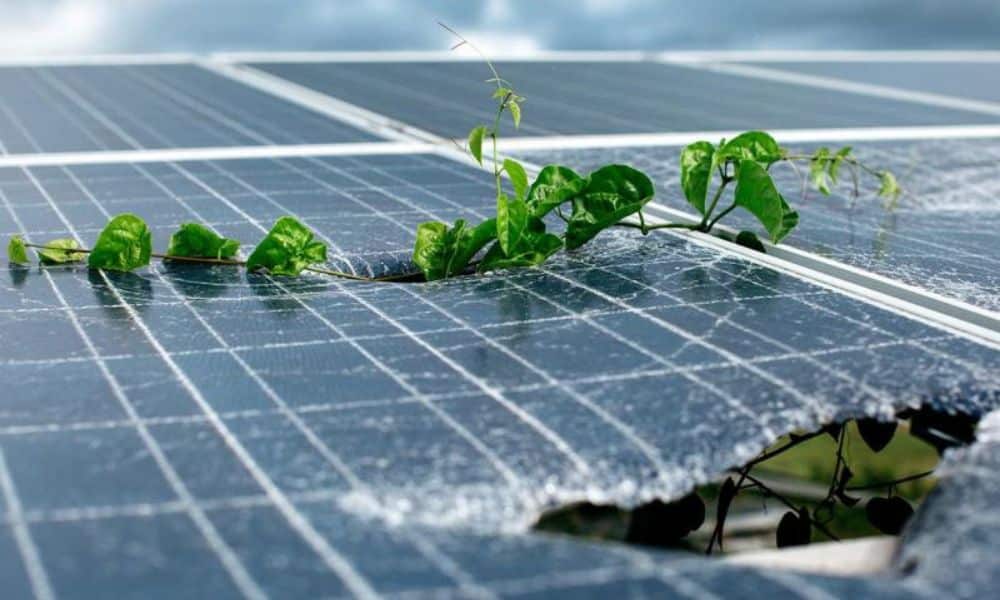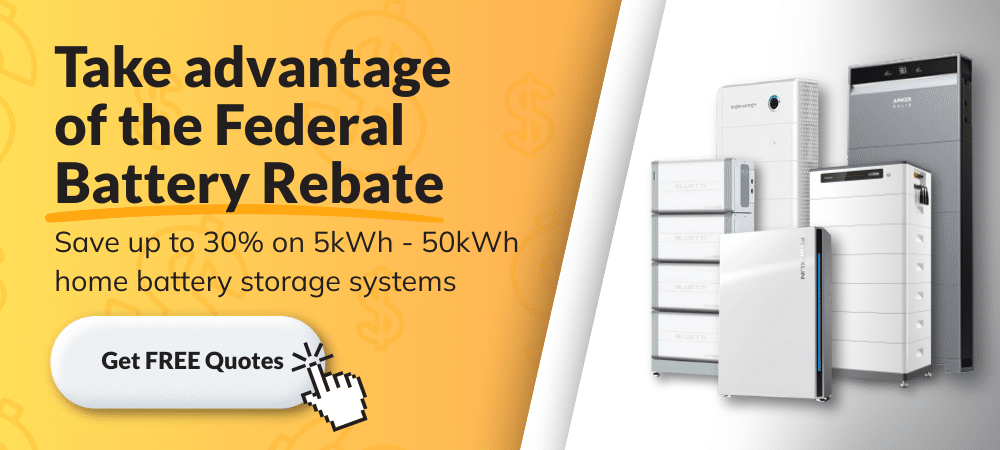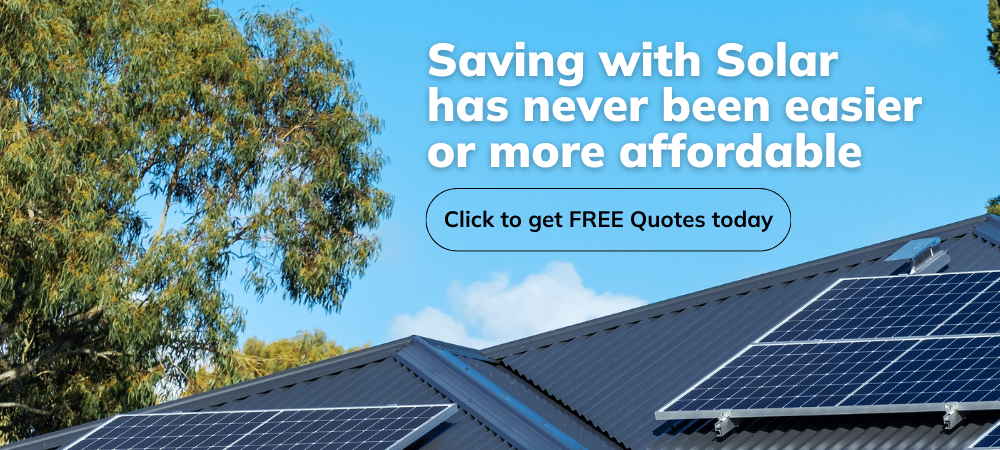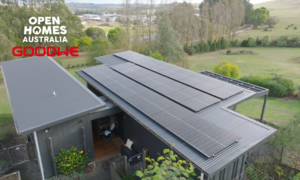Updated on 21 December 2024
Early adopters of solar in Australia reaped the rewards of high feed-in tariffs and generous federal rebates. The solar systems installed were generally very small, often only 1kW – 2kW in size. They also contained the early iterations of solar technology. The former Solar Homes and Communities Program began in 2000 and ended in 2009, so many solar systems are approaching 24 years old. If this sounds like your system, then you may be considering an upgrade.
Let’s look at why upgrading your solar system might be your best decision in 2025.
Out with the old…
I invite you to take a walk outside and look at the current solar panels on your roof. I’m guessing they are classic blue panels with silver frames and probably look worse to wear! Walk around to the side of your house that is home to the solar inverter. Smear off the thick layer of dust and have a look at the brand and the specifications to see if your inverter is still working. Well done on purchasing a solid unit all those years ago! The reality is that most inverters would be on their last legs at such an age if they are working at all.
Solar panels 10 to 20 years ago were usually 150-200W. This means that you can probably see around 5-10 panels on your roof. Look at how much real estate they take up and consider how much your current system saves you on your bills. My guess is that your premium feed-in tariff has ceased or is about to end in 2025. So your 2kW system will only be producing a maximum of 8kWh of electricity on a good day. This means your electricity bills will be seeing next to no savings.
If this isn’t reason enough to upgrade your system, then let’s look at how a new system will benefit your home.
Common myths about solar upgrades
1. “My system is too old to upgrade.”
Even older systems can benefit from partial upgrades, such as replacing an outdated inverter or adding a solar battery storage system.
2. “Upgrading is too expensive.”
With government rebates and increased efficiency, upgrading is often more affordable than maintaining an underperforming system.
3. “I won’t see the benefits for years.”
The benefits of solar upgrades, like lower energy bills and improved efficiency, are noticeable almost immediately.
Signs that it’s time to upgrade
Knowing when to upgrade your solar system can save you from unexpected expenses and energy inefficiency. Look for these signs:
1. Declining performance or energy production
If you’re noticing a consistent drop in your solar energy output compared to previous years, it clearly indicates that your panels or inverter may no longer function optimally.
2. Frequent repairs
Are you constantly repairing your solar panels or inverters? Maintenance costs for older systems can quickly add up, making an upgrade a more cost-effective solution.
3. Outdated technology
If your system lacks solar battery storage or smart monitoring features, you’re missing out on the full benefits of modern solar systems. Upgrading ensures compatibility with the latest advancements.
4. Increased energy bills
Despite maintaining a consistent energy consumption pattern, if your electricity bills are rising, it could indicate that your solar system is no longer generating enough power to offset your energy needs.
5. End of warranty period
Most solar panels and inverters have a warranty period of 10-25 years. If your system is nearing the end of this period, it’s wise to upgrade to avoid future repair costs.
How upgrading your solar system will save you money
Across Australia, the average size of a new solar system installed is now 9.3kW [1]. This system will produce an average of 32kWh of electricity per day. Homes in Australia consume between 18 and 41kWh of electricity per day, so this system is right on the money.
Assuming you purchased your old system in 2009, your system would have been ‘paid off’ many, many years ago. Paid off is when your system has been fully ‘paid for’ by the return on investment by way of savings on your electricity bill. With the rebate at the time and the high feed-in tariff, your system was likely paid off in 3 to 4 years.

New solar systems, even with the low feed-in tariffs across the country, have an average return on investment period of 3 to 5 years. This is due to a number of reasons:
Solar has never been cheaper!
In 2009 [2], a system would have set you back around $3.17 a Watt and in 2023 [3] it sits around $1.10 a Watt. So a 10kW system would set you back approximately $11,000. For the same price in 2009, you could get a 3.5kW system.
Panel efficiency is higher than ever before
In 2009, panel efficiency was between 15 and 16%. In 2023, panel efficiency is 18-22%. The increase in efficiency means that new panels generate more electricity.
Increased quality of solar components
Solar panels sold in Australia in 2023 have a minimum warranty of 25 years and inverters will usually have a 10-15 year warranty. In 2009, the average solar panel had a 5 to 10 year warranty and the inverter had a 3 to 5 year warranty. The increased warranty period has been a result of two main areas:
- Better technology: The investment of solar manufacturers in research and development has resulted in better technology and manufacturing.
- Industry regulations: The introduction of the Clean Energy Council, along with other regulatory bodies, resulted in approval processes that have weeded out poor-performing components.
Higher quality installations
We have said it many times before, the solar retailer you choose to purchase and install through makes all the difference. 2009 was rife with shoddy installers which meant that many households were left high and dry when their systems failed. Regulatory requirements and licensing mean that solar installations in 2023 are usually of the highest quality.
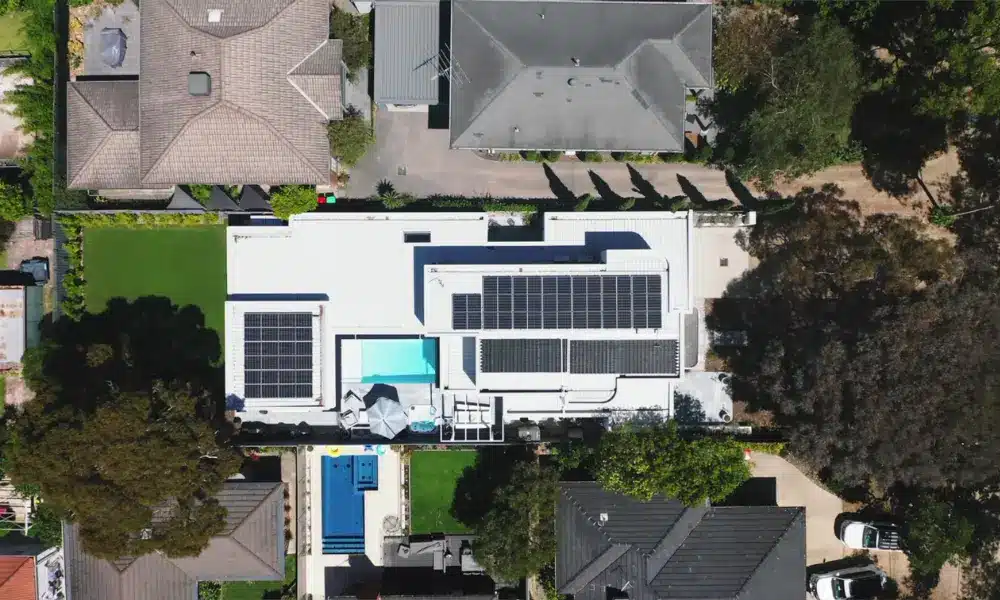
Larger solar panels
Your current panels would be very low wattage, but in 2023 the average solar panel installed is around 350 – 400W. With a doubling of wattage for around the same size as your existing panels, you can install a larger system with around the same real estate on your roof. This means that you could install a 4kW system with just 10 panels.
With extended warranty periods, a new system today will pay for itself within 5 years and provide you free electricity for many years beyond.
But how does this save me money?
Larger solar systems = savings on your electricity bill. It is pretty much as simple as that! Your small solar system will not be saving you much – whether you use the electricity or receive a tariff for it feeding into the grid.

Let’s set the scene: You are a family of 4 (2 parents with 2 teenagers). When you installed solar 15 years ago, you were a couple with no children. You installed a 2kW system that allowed you to save a lot of money on your bills. Speed forward 15 years and your 2 teenagers charge their devices, endlessly cook in the kitchen, have showers (hopefully) every day, and generally use 10 times the electricity that you used as a couple. You may be considering the addition of an electric vehicle and you may also be moving away from gas. Your 2kW system is not going to cut it!
Upgrading not only allows you to immediately and heavily reduce your electricity bill but also allows for future-proofing. Adding battery storage and an EV charger will also set you in the right direction for going off-grid.
Upgrading your solar panels – a sound investment
Think about the last 15 years. How many cars have you owned in this time? Personally, we are on our 2nd car! We purchased the newer car knowing full well that we would never see a return on investment – but we purchased it for convenience and necessity. Unlike that vehicle purchase, our solar system was paid off in 2.5 years and we have been seeing pure profit in the form of saving on our bills for 3 years. We have many years of savings ahead of us but we know that we will one day need to upgrade the system. When that day comes, we can do so knowing that our investment was profitable and the new system will be even more so.
If you’re in Victoria, and one of 88,000 Victorians who will be bidding farewell to the 60 cent premium feed-in tariff in 2024, it is time to consider upgrading. Your small system will provide almost no savings on your bill once you change to the standard feed-in tariff.
The benefits of solar upgrades
Investing in an upgraded solar system offers numerous advantages:
1. Improved energy efficiency
New systems with advanced technologies like monocrystalline panels and microinverters significantly boost solar panel efficiency.
2. Greater energy independence
Adding battery storage to your upgraded system allows you to store excess energy, reducing reliance on the grid and protecting against rising energy costs.
3. Environmental benefits
An efficient system reduces your carbon footprint, contributing to Australia’s renewable energy goals.
4. Enhanced durability and longevity
Modern solar systems are designed to withstand Australia’s harsh weather conditions, ensuring long-lasting performance.
5. Reduced energy bills
By producing more energy, you can significantly reduce your reliance on the grid, lowering electricity bills.
Steps to upgrade your solar system
If you’ve decided to upgrade your solar system, follow these steps for a seamless transition:
1. Assess your current system
Start by evaluating the performance of your existing panels, inverter, and battery (if any). A professional energy audit can provide insights into what needs replacing or upgrading.
2. Research new technologies
Explore the latest advancements in solar technology, such as high-efficiency panels, hybrid inverters, and advanced battery storage solutions.
3. Check government incentives
Take advantage of available rebates and incentives to upgrade your system. Programs like the Small-scale Renewable Energy Scheme (SRES) can reduce upfront costs.
4. Consult a solar expert
Work with a trusted solar expert like Energy Matters to design a system tailored to your energy needs. Energy Matters is the leading supplier of solar quotes in Australia due to its vast partnership network of high-quality solar installers.
Final thoughts: Is now the time to upgrade?
It’s a resounding YES! Energy Matters can help you with your first step by connecting you with local trusted solar installers. These installers will provide you with FREE no-obligation quotes. Take advantage of the state and federal rebates and incentives available to lower the upfront cost of purchase. Chat with the installers to find out if interest-free financing will work for you. Find out if battery storage will benefit your home and family into the future.
Upgrade and make 2025 the year that you move towards energy independence!
[1] Clean Energy Regulator 2023 Q2 Report
[2] Energy Sage
[3] Solar Quotes









